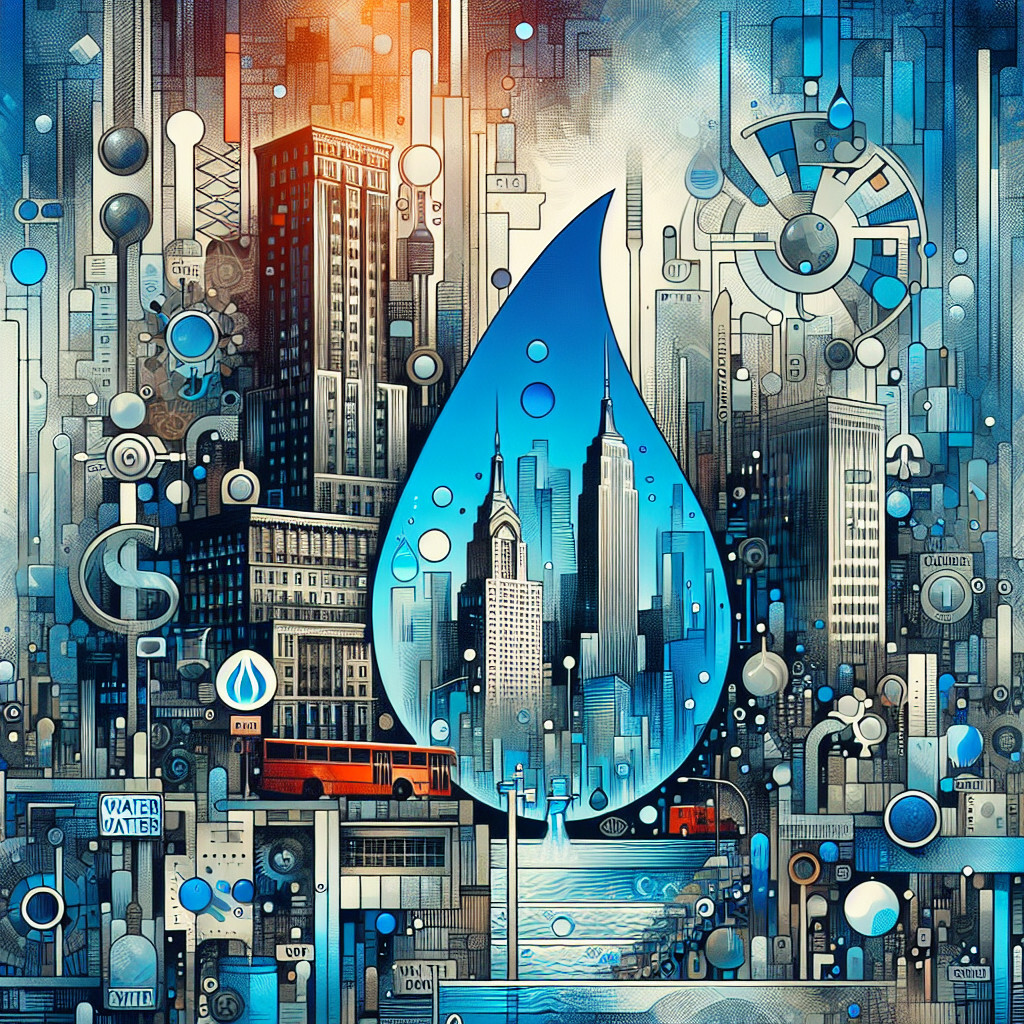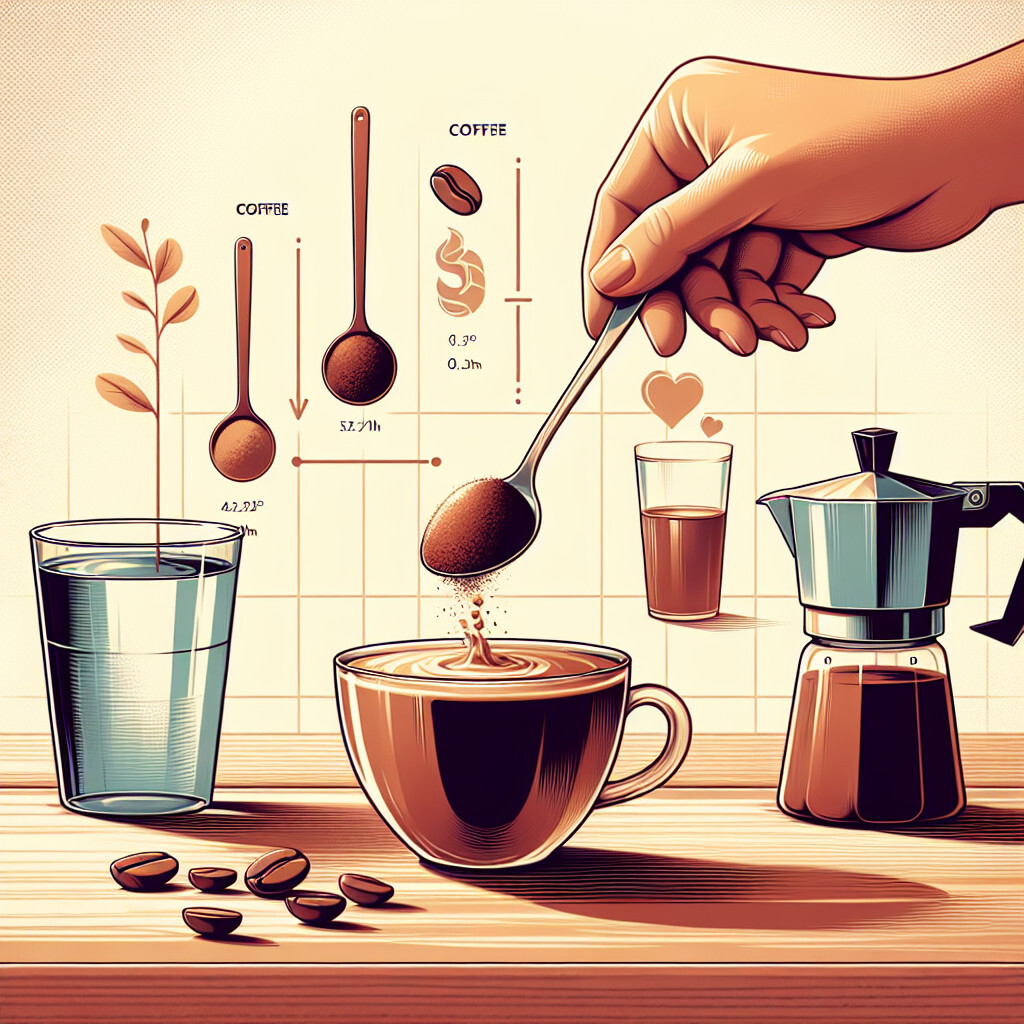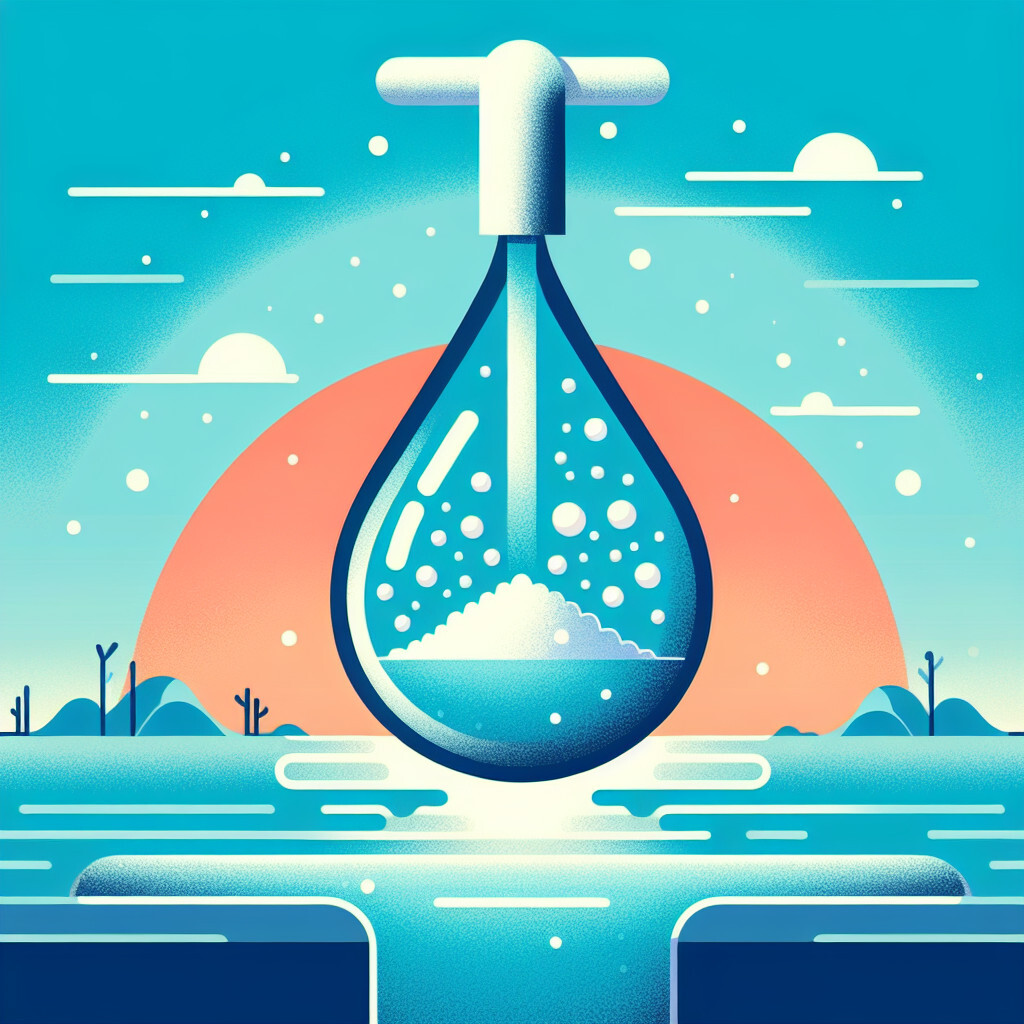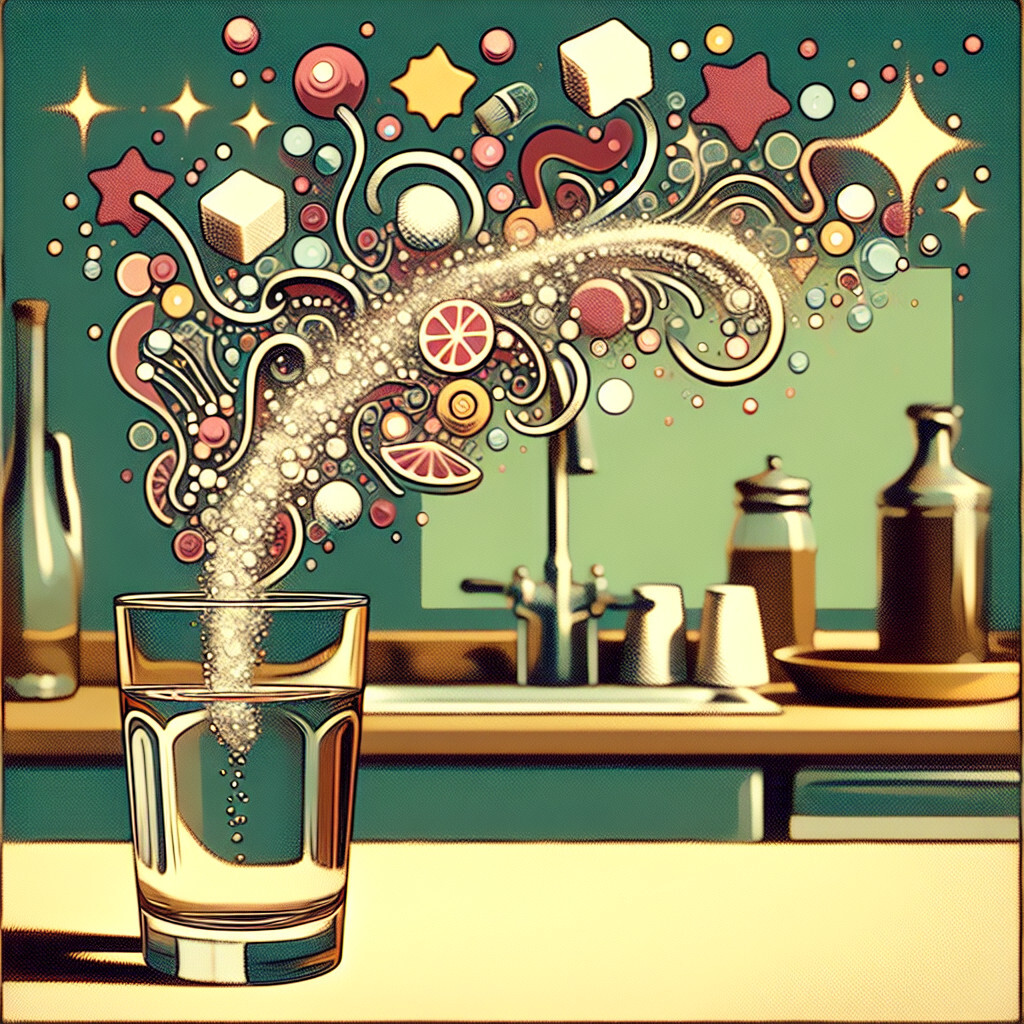-
Table of Contents
“NYC Tap Water: Purity You Can Trust, Quality You Can Taste!”
Introduction

Tap water quality in New York City is known for its high standards and exceptional quality. The city’s water supply system is one of the largest in the world, serving over 9 million people with over 1 billion gallons of water each day. The water is sourced from a network of 19 reservoirs and three controlled lakes spread across a 2,000-square-mile watershed. The NYC Department of Environmental Protection (DEP) rigorously tests the water for over 250 parameters, ensuring it surpasses the standards set by the U.S. Environmental Protection Agency. The tap water in NYC is not only safe to drink but is often praised for its taste, owing to the natural filtration process it undergoes through the city’s protected watershed.
Understanding the Source and Treatment of NYC Tap Water
New York City, often referred to as the “Big Apple,” is renowned for its towering skyscrapers, bustling streets, and vibrant culture. However, one of its lesser-known attributes is the exceptional quality of its tap water. The city’s tap water is not only safe to drink but is also often lauded for its taste, which is a testament to the rigorous processes involved in its sourcing and treatment.
The source of New York City’s tap water is a vast network of reservoirs and lakes located in the rural areas of upstate New York. This system, spanning a massive 1,972 square miles, is divided into three primary watersheds: the Croton, the Catskill, and the Delaware. The water from these sources travels hundreds of miles through tunnels and aqueducts before reaching the city’s residents. Remarkably, this journey relies primarily on gravity, reducing the need for energy-intensive pumping.
The quality of the water is maintained through a comprehensive treatment process. Initially, the water is filtered naturally as it seeps through the ground into the reservoirs. This natural filtration process removes many impurities and contributes to the water’s distinctive taste. However, this is just the first step in ensuring the water’s safety.
Once the water arrives in the city, it undergoes further treatment. The New York City Department of Environmental Protection (DEP) adds food-grade phosphoric acid and sodium hydroxide to adjust the water’s pH and inhibit lead release from pipes. Additionally, orthophosphate is added as a corrosion inhibitor to protect the city’s plumbing infrastructure.
The DEP also adds a small amount of chlorine to disinfect the water and kill any remaining bacteria or viruses. To neutralize the taste and smell of chlorine, the DEP uses a compound called sodium bisulfite. Finally, ultraviolet light is used to kill any remaining microorganisms, providing an additional layer of protection.
The DEP conducts over 600,000 tests annually on the city’s tap water, checking for over 250 potential contaminants. This rigorous testing regime ensures that the water meets or exceeds all federal and state water quality standards. The results of these tests are publicly available, providing transparency and reassurance to the city’s residents.
Despite the high quality of New York City’s tap water, some residents choose to use water filters at home. While these filters can improve the taste of the water, they are generally not necessary for health reasons. The DEP’s treatment process effectively removes or neutralizes most potential contaminants.
In conclusion, the exceptional quality of New York City’s tap water is a testament to the city’s commitment to public health and environmental sustainability. The water’s journey from the rural reservoirs of upstate New York to the city’s taps is a marvel of engineering and environmental science. The rigorous treatment and testing processes ensure that the water is not only safe to drink but also contributes to the unique character of the city. So, the next time you turn on the tap in New York City, take a moment to appreciate the remarkable journey that the water has taken to reach you.
The Impact of NYC’s Infrastructure on Tap Water Quality
New York City, renowned for its towering skyscrapers, bustling streets, and vibrant culture, is also famous for something less obvious but equally significant: the quality of its tap water. The city’s tap water is often lauded as some of the best in the nation, a testament to the city’s robust infrastructure and stringent water quality standards. However, the journey of water from its source to the taps of New York City’s residents is a complex one, influenced by various factors that can impact its quality.
The primary source of New York City’s tap water is a network of 19 reservoirs and three controlled lakes located up to 125 miles north of the city in the pristine, forested areas of the Catskill/Delaware watersheds and the Croton watershed. This vast system supplies approximately 1 billion gallons of water each day, serving over 9 million people. The water from these sources is naturally filtered through forested watershed lands, reducing the need for artificial filtration and contributing to the water’s high quality.
However, the journey from these remote reservoirs to the city’s taps is where the city’s infrastructure plays a crucial role. The water travels through an extensive network of tunnels and aqueducts, some of which are over a century old. While these structures have stood the test of time, they are not impervious to the effects of aging and environmental factors. Leaks and breaks in these systems can introduce contaminants into the water, potentially compromising its quality.
To mitigate these risks, New York City has implemented rigorous monitoring and maintenance programs. The city’s Department of Environmental Protection (DEP) conducts over 600,000 water quality tests each year, from the reservoirs to the distribution system. These tests monitor for over 250 potential contaminants, including bacteria, heavy metals, and pesticides. If any issues are detected, the DEP can respond quickly to address them and ensure the continued safety of the city’s tap water.
In addition to monitoring, the city has also invested heavily in infrastructure improvements. For example, the ongoing construction of Water Tunnel No. 3, one of the largest infrastructure projects in the city’s history, will provide a critical backup to the existing tunnels and enhance the city’s ability to deliver clean, safe water.
Despite these efforts, some challenges remain. Aging infrastructure can still lead to localized water quality issues, particularly in older buildings with lead pipes or fixtures. The city has programs in place to replace lead service lines and provides free testing for residents concerned about lead in their water. However, these issues underscore the importance of ongoing investment in water infrastructure to maintain the quality of New York City’s tap water.
In conclusion, the quality of New York City’s tap water is a testament to the city’s robust infrastructure and rigorous water quality standards. However, maintaining this quality requires ongoing vigilance, from monitoring for potential contaminants to investing in infrastructure improvements. As the city continues to grow and evolve, so too must its efforts to ensure that its tap water remains among the best in the nation.
Comparing NYC Tap Water Quality to Other Major Cities
New York City, often hailed as the epitome of urban sophistication, is renowned for its high-quality tap water. The city’s tap water is not only safe to drink but is also often lauded for its taste, which is a testament to the stringent quality control measures in place. However, when compared to other major cities, how does New York City’s tap water quality fare?
New York City’s tap water originates from a series of reservoirs and lakes in a nearly 2,000 square mile watershed in the Hudson Valley. The water is naturally filtered through the forested watershed before it reaches the city. This natural filtration process, coupled with rigorous testing and treatment, ensures that the city’s tap water meets or exceeds all federal and state water quality standards. In fact, the city’s Department of Environmental Protection conducts over 600,000 tests annually on the water from various points in the supply system.
When compared to Los Angeles, another major city, the difference in tap water quality is noticeable. Los Angeles sources its water from the Colorado River and local groundwater, both of which require extensive treatment due to pollution and natural contaminants. Despite these efforts, Los Angeles’ tap water has often been criticized for its taste and has been found to contain higher levels of certain contaminants compared to New York City’s water.
Similarly, in Chicago, the tap water is sourced from Lake Michigan, which also requires significant treatment due to industrial pollution and runoff. While Chicago’s water quality meets federal standards, it has faced issues with lead contamination due to the city’s old plumbing systems. In contrast, New York City’s water supply system is largely free of such issues, thanks to its protected watershed and the city’s proactive efforts to replace old lead service lines.
On the other hand, cities like San Francisco and Seattle, which source their water from protected mountain reservoirs, offer stiff competition to New York City in terms of tap water quality. Both cities boast of excellent tap water quality, with natural filtration processes similar to New York City’s. However, New York City’s extensive testing and treatment protocols give it a slight edge.
Internationally, cities like Vienna, Austria, and Zurich, Switzerland, are known for their high-quality tap water, sourced from protected mountain springs. However, the water quality in many other major cities around the world often falls short due to inadequate infrastructure, pollution, and lack of stringent water quality standards.
In conclusion, New York City’s tap water quality stands out among many major cities, both nationally and internationally. The city’s commitment to protecting its water sources, coupled with its rigorous testing and treatment protocols, ensures that its residents have access to some of the safest and tastiest tap water in the world. However, it’s important to note that maintaining this high standard requires continuous efforts to protect the city’s water sources and infrastructure from pollution and degradation. As such, the city’s success serves as a model for other cities striving to improve their own tap water quality.
Health Implications of NYC Tap Water Quality
New York City, often referred to as the “Big Apple,” is renowned for its towering skyscrapers, bustling streets, and vibrant culture. However, one lesser-known fact about this metropolis is its exceptional tap water quality. The tap water in New York City is not only safe to drink but is also considered among the best in the United States. Despite this, the quality of tap water and its potential health implications remain a topic of concern for many residents and visitors.
The tap water in New York City originates from a series of reservoirs and lakes in a nearly 2,000 square mile watershed in the Hudson Valley. This water is naturally filtered through the forested watershed before it reaches the city. The Department of Environmental Protection (DEP) oversees the quality of this water, conducting over 600,000 tests annually from up to 1,000 sampling locations throughout the city. These tests ensure that the water meets or exceeds the standards set by the Environmental Protection Agency (EPA) and the Safe Drinking Water Act.
The DEP’s rigorous testing and treatment process includes disinfection, pH adjustment, and corrosion control. The water is also treated with orthophosphate, a food-grade phosphoric acid that forms a protective film on pipes, preventing the leaching of metals such as lead. This comprehensive approach ensures that the tap water reaching New York City homes is not only safe but also high-quality.
However, despite the city’s stringent water quality controls, potential health implications can arise from factors beyond the DEP’s control. One such factor is the condition of the pipes in individual buildings. Older buildings with lead pipes or fixtures can pose a risk if the lead leaches into the water. Prolonged exposure to lead-contaminated water can lead to serious health issues, including developmental problems in children and kidney issues in adults.
Another potential concern is the presence of microscopic organisms. While the DEP uses ultraviolet light to disinfect the water, some organisms, such as Giardia and Cryptosporidium, can be resistant to this treatment. These organisms can cause gastrointestinal illnesses, particularly in individuals with weakened immune systems.
Despite these potential risks, it’s important to note that the overall quality of New York City’s tap water is exceptionally high. The city’s water treatment process effectively eliminates most contaminants, and the DEP’s rigorous testing ensures that any issues are quickly identified and addressed. Furthermore, residents can take additional steps to protect their health, such as installing water filters or regularly flushing their pipes, particularly if they live in older buildings.
In conclusion, while there are potential health implications associated with drinking tap water in New York City, these risks are relatively low, particularly when compared to many other cities in the United States. The city’s rigorous water quality controls, combined with the natural filtration provided by the watershed, ensure that the tap water is not only safe to drink but also of high quality. However, residents should remain vigilant, particularly those living in older buildings, and consider additional measures to ensure their water is as safe and healthy as possible.
Q&A
1. Question: What is the source of New York City’s tap water?
Answer: New York City’s tap water comes from a network of 19 reservoirs and three controlled lakes spread across a 1,972 square-mile watershed upstate.
2. Question: Is New York City’s tap water safe to drink?
Answer: Yes, New York City’s tap water is considered some of the best municipal water in the country. It is tested over 500,000 times each year for over 250 parameters to ensure its safety and quality.
3. Question: Does New York City’s tap water contain fluoride?
Answer: Yes, New York City’s tap water is fluoridated. The city adds one part per million of fluoride to its water to help prevent tooth decay.
4. Question: How does New York City treat its tap water?
Answer: New York City’s tap water is treated with orthophosphate (to reduce lead levels), food grade phosphoric acid (to adjust pH and reduce corrosion), UV light (for disinfection), and chlorine (for disinfection). The water is also filtered naturally as it flows through the watershed’s soil and rocks.
Conclusion
In conclusion, New York City’s tap water is of high quality, often exceeding the standards set by the Environmental Protection Agency. It is sourced from a protected network of reservoirs and is thoroughly tested and treated before it reaches consumers, making it safe and healthy for drinking.






